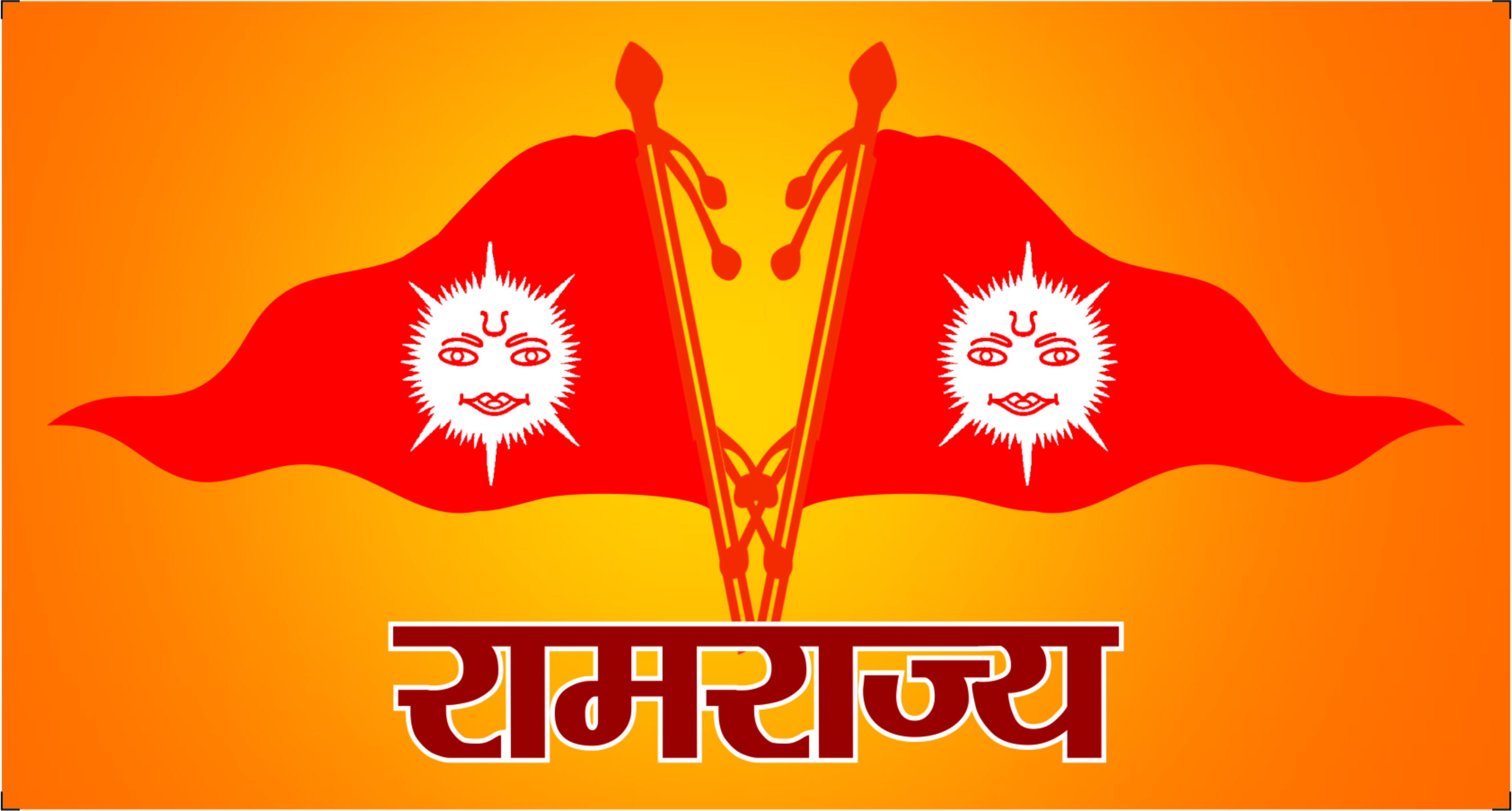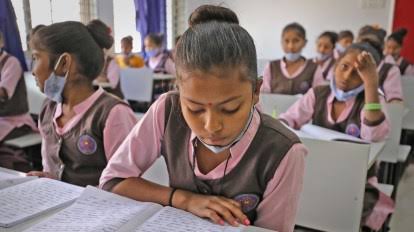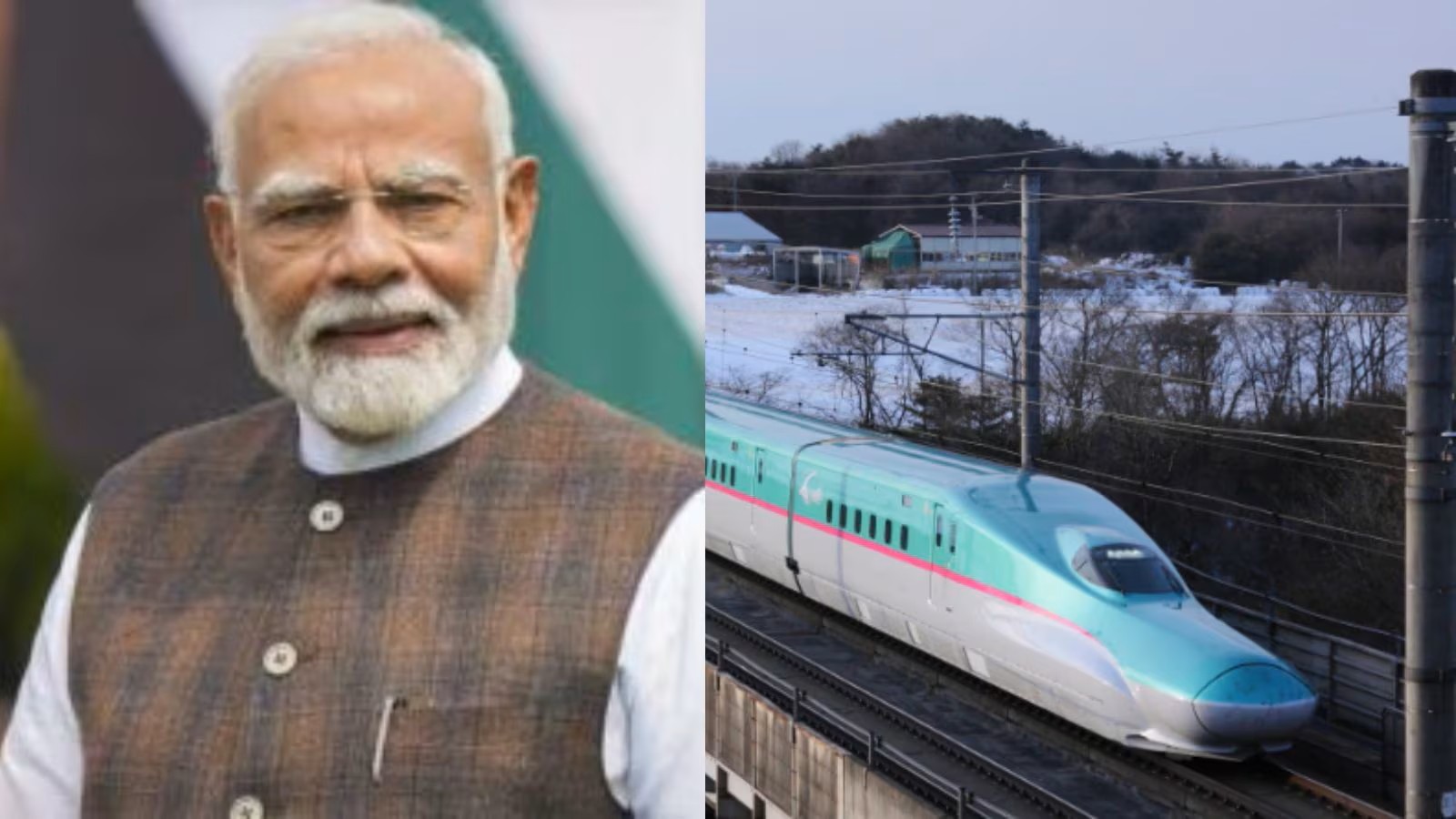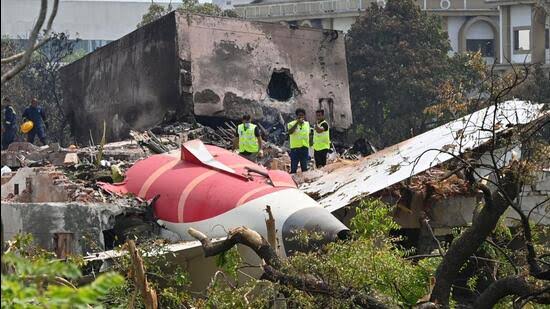The Union Budget 2025-26 has delivered a historic boost for tribal welfare, reaffirming the government’s commitment to inclusive growth and empowerment. With India’s Scheduled Tribe population exceeding 10.45 crore, the government has recognized the need for targeted interventions to uplift these communities, many of whom reside in remote and underdeveloped regions. Under the leadership of Prime Minister Narendra Modi, the budget has significantly increased allocations for the Ministry of Tribal Affairs, ensuring a more holistic and sustainable approach to tribal development.
The financial commitment to tribal welfare has seen an unprecedented rise, with the overall budget allocation jumping from ₹10,237.33 crore in 2024-25 to ₹14,925.81 crore in 2025-26—a 45.79% increase. Looking at a broader timeline, the budget for tribal development has surged by 231.83% since 2014-15, demonstrating the government’s sustained focus on enhancing the quality of life for tribal communities. This upward trajectory reflects a deep-rooted commitment to bridging developmental gaps and fostering self-reliance among India’s indigenous populations.
Among the standout initiatives, the Pradhan Mantri Adi Adarsh Gram Yojana (PMAAGY) has been expanded and integrated into the Dharti Aaba Janjatiya Gram Utkarsh Abhiyan (DAJGUA), with an ambitious outlay of ₹80,000 crore over five years. This comprehensive program aims to saturate infrastructural gaps in 63,843 villages, with ₹56,333 crore allocated from the central budget and ₹22,823 crore contributed by states. By converging efforts from 17 ministries and implementing 25 focused interventions, DAJGUA is poised to transform tribal habitations through improved healthcare, education, skill development, and economic opportunities.
Education remains a cornerstone of the government’s strategy for tribal empowerment. The budget allocation for Eklavya Model Residential Schools (EMRS) has nearly doubled to ₹7,088.60 crore, ensuring that quality education reaches students in remote tribal areas. Similarly, the Pradhan Mantri Jan Jatiya Vikas Mission, which promotes year-round livelihood opportunities, has received ₹380.40 crore—more than double its previous allocation. These initiatives underscore the government’s intent to create sustainable pathways for tribal youth, enabling them to contribute meaningfully to India’s growth story.
Infrastructure development has also received a significant push, with the allocation for Multi-Purpose Centers (MPCs) under the Pradhan Mantri Janjati Adivasi Nyaya Maha Abhiyan (PM-JANMAN) increasing from ₹150 crore to ₹300 crore. These centers serve as crucial hubs for socio-economic development in Particularly Vulnerable Tribal Groups (PVTG) habitations, ensuring that even the most marginalized communities receive essential services. Furthermore, the Ministry of Tribal Affairs’ budget for DAJGUA has quadrupled from ₹500 crore to ₹2,000 crore, reinforcing the government’s resolve to accelerate progress at the grassroots level.
Union Minister for Tribal Affairs Jual Oram hailed the budget as a transformative step towards building an Aatmanirbhar Bharat, emphasizing that its provisions address the needs of villages, the poor, farmers, youth, and women. He extended gratitude to Prime Minister Modi and Finance Minister Nirmala Sitharaman for their unwavering commitment to tribal empowerment. Minister of State for Tribal Affairs Durga Das Uikey echoed similar sentiments, stating that the budget represents a milestone in India’s mission to uplift its tribal population through investments in education, livelihoods, and infrastructure. Secretary of the Ministry of Tribal Affairs, Vibhu Nayar, also lauded the enhanced allocation, highlighting its potential to create long-term, sustainable impacts through flagship programs like PM-JANMAN, DAJGUA, and EMRS.
The Union Budget 2025-26 marks a paradigm shift in tribal development, aligning financial resources with a vision of empowerment and self-reliance. By integrating ministries and streamlining targeted interventions, the government is fostering inclusive growth, ensuring that tribal communities are not only beneficiaries but active contributors to India’s journey towards Viksit Bharat. With increased investments in education, healthcare, skill development, and economic empowerment, the budget lays a strong foundation for a future where tribal communities thrive, preserving their cultural heritage while embracing new opportunities for progress.




